
OSLO, July 17 (Xinhua) -- Looking up from the central square in Rjukan, a little Norwegian town sitting in a narrow valley in the Telemark County, one can be puzzled by some shining spots among green forest trees on the mountainside. They are three huge mirrors designed and built to reflect sunlight down and light up the square in autumn and winter.
From late September this year, the 3,500 residents of Rjukan will be able for the first time in the town's short history of 106 years to have sunlight at the square during daytime when the weather conditions are good.
The town hall of the Tinn municipality has called a competition for remodelling the square and for the moment the idea to turn it from a car parking place into a rink is favored so that people to come and skate in wintertime.
OLD IDEA COMES TRUE
Rjukan was built from a scratch in 1907 when the water power from a nearby waterfall needed to be turned into electricity to power the production of potassium nitrate, a chemical product used in making fertilizer.
The town, which nestles in the valley surrounded by high mountains, has had no sunlight for five months every year from the very beginning. Houses built on the mountainside were occupied by managers and engineers for there is a few hours of sunshine in winter. Workers lived in houses down in the valley.
Building a huge mirror to reflect sunlight onto the town is an old idea, an idea as old as the town itself.
When the late Norwegian industrialist and a co-founder of the Norwegian industrial giant Norsk Hydro, Sam Eyde, decided to build plants in Rjukan in 1907, he wanted sunlight for workers in winter.
"But at that time, he couldn't manage it because there was no technology. So he built a cable to bring people up to the sunlight. But now 100 years later, we have picked up Sam Eyde's idea and now we building the sun mirror in the hillside of Rjukan," said Rune Loedoeen, who called himself the manager of the town.
After five years of debate, the Tinn municipality council decided this year to turn Sam Eyde's idea into reality.
The installation of the mirrors, which are produced by a German company, started on July 1 this year after the ground was cleared of tree and the concrete foundation was laid.
The three mirrors, the total surface area of which is 50 square meters, can automatically follow the sun and beam sunlight down onto the square, forming a lit-up circular area of 200 square meters.
Workers said that they have completed the mirror installation part of the 5 million Norwegian kroner (836,620 U.S. dollars) project. There is a delay in shipment of power units.
Loedoeen said that the whole system will be powered by wind power and solar power and the mirrors can be controlled via computer from the town hall office.

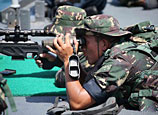

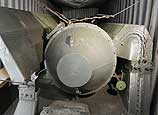



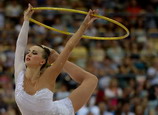

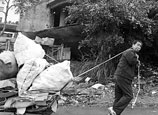
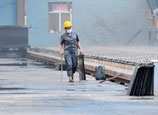






 China’s weekly story
China’s weekly story
(2013.7.5-7.12)


![]()
